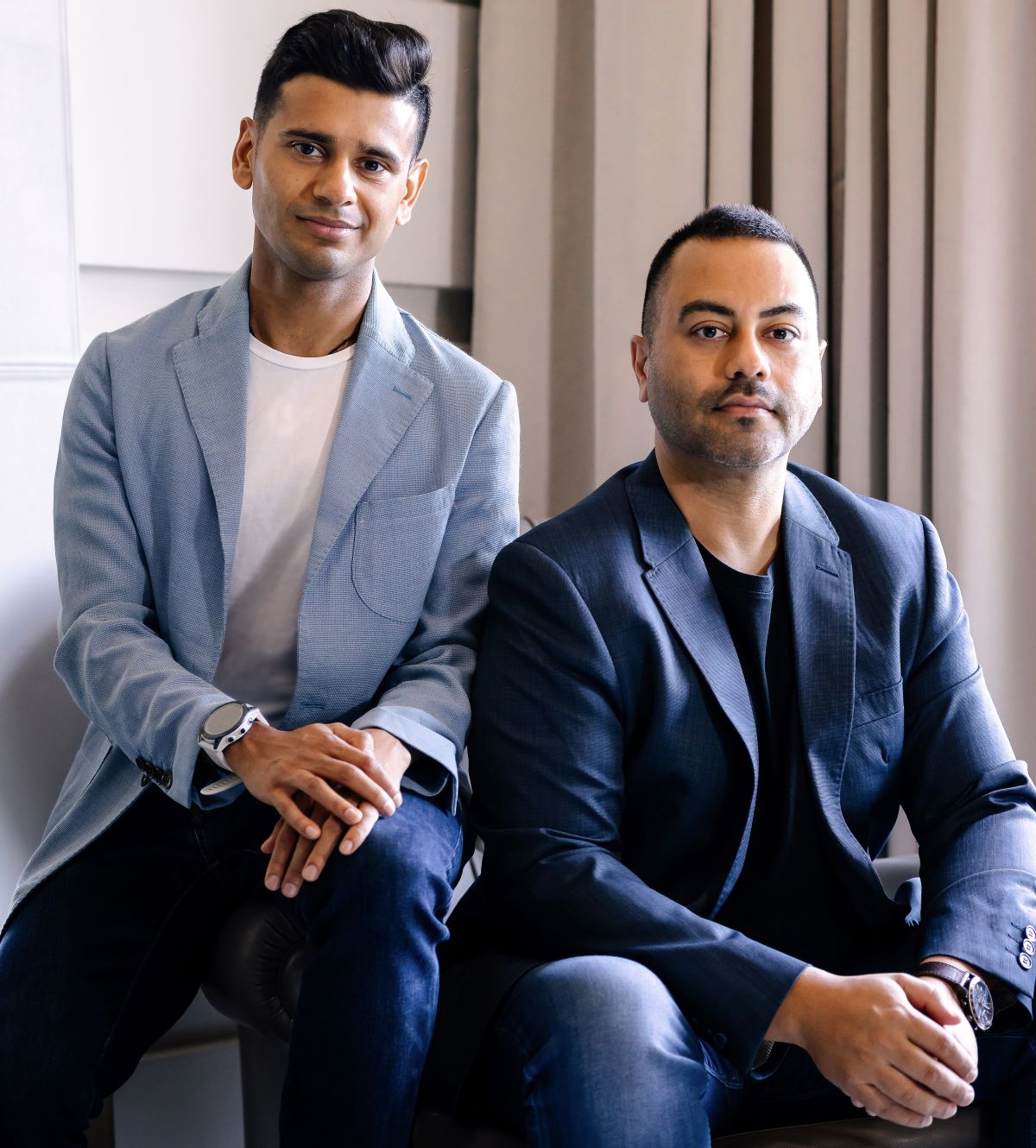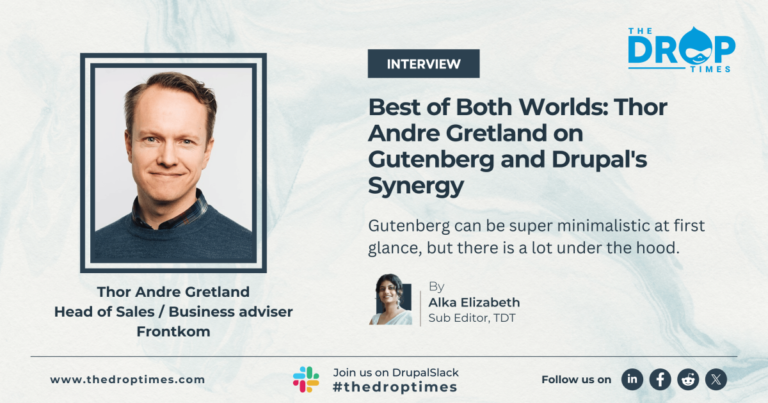
Amer: We did some work with Fujifilm – keep in mind this is a company whose major competitor Kodak is used as a cautionary tale of how not to innovate in business schools. So, when the film industry was disrupted by digital photography, Fujifilm found a way to transfer their photochemical processes from photography into skincare. The result was Astalift, which is now a multi-billion-dollar beauty products business in Asia.
I eventually left to join an ad agency in Sydney, was nominated for Young Entrepreneur of the Year and ended up coming in second place. I was told I didn’t win because I lacked international experience so I moved overseas to get some.
Amer: There was a report from Capgemini that says 80-90% of innovation centers are failing. That is not a statistic that would be tolerated in any other part of the business.
Rosh: The biggest shift for most companies is to stop treating innovation like a project and start treating it like a portfolio. The pace of technology change is now exponential, so chasing the flavor of the month doesn’t work. What organizations need is a system that enables “always-on” innovation, linked to real business objectives, and designed to embrace external changes in the industry as they arise.
McDonald’s recently took flak online because they launched a trial across 100 stores where Drive-Thru orders were being taken by an AI bot. A bunch of TikTok videos popped up where the AI struggled with different accents and background noise and got the orders wrong. One person got 0 worth of chicken nuggets they didn’t order.
Amer: After seven years of traveling the world presenting the 5 Ways to Innovate keynote and running workshops, we’ve finally distilled our system into a book, which we’re hoping will be on bookshelves in 2025.
Amer: The biggest lesson I learned at Meta is that innovation requires us to change ourselves.
You can’t rely on technology alone to differentiate, it needs to be a holistic approach.
Our advice is always to zoom out and look at the trend. The Gartner hype cycle is in full effect with the AI boom; we seem to have hit the point where sentiment is starting to drop, but there’s no doubt it’s a transformative technology that will have a long-lasting impact on the business landscape. Historically, companies who focus on setting up the right systems are best placed to be early movers and extract commercial value from new technology trends. That’s not something that’s likely to change anytime soon.
Credibility in the tech space
Amer: It was my first day at Deloitte, my boss came over and asked me to speak with some guy who wanted to join the team. I took the call, we had a great chat and I invited him in for an interview. Rosh turned up to the interview in shorts and flip-flops, which stood out from the pinstripe suits and ties at Deloitte. I knew we’d make an interesting team!
It goes to show that even the most traditional industries facing a steep disruption curve can successfully build the business of tomorrow with the right systems in place.
Rosh: Your readers will see a link on our home page to access the free innovation health check tool. It gives them a scorecard on how their organization is currently performing on innovation. Check it out at 5waystoinnovate.com
Rosh: 5 Ways to Innovate is a system to close the innovation gap.
There is always a shiny new thing to chase, but it needs to be done in a measured way. The cost of not acting is huge – look at all the companies who ignored cloud and then spent millions over the last decade playing catch up to their competitors.
Rosh: My journey was a bit more straightforward. I graduated in 2009 right as the GFC was in full swing. A friend had told me working at a consulting firm would teach me a lot and they tend to hire ahead of the economic curve. So, I joined Accenture back home in the UK. After about 5 years I got the travel bug and decided to go backpacking through Southeast Asia. That’s what eventually led me to Singapore where I found my way into my current role at Google.
Once we started looking at the best performing innovators, a very clear pattern emerged: the best innovators on the planet focus on just five simple categories of innovation tactics.
What can large organizations do to keep up with the pace of change?
Should large corporations try to innovate like startups, or tech companies? Or is there a different approach they should take?
What is “5 Ways to Innovate” and what problem does it aim to solve?
Setting up the problem we solve
Most of these failures occur because of a lack of structured innovation systems. 3 in 4 companies say innovation is one of their top priorities, but only 20% of them actually have the capabilities they need to execute on these ambitions. We call this “the innovation gap.”
Rosh: Because we’ve both worked at some of the most innovative companies in the world, we often get pushback. The CEO of a bank recently told us he doesn’t want to hear examples of how Google and Facebook innovate because it’s not relevant to them, which we can empathize with.
Without these things, the Ferrari stays parked in the driveway. It looks good, but goes nowhere. And when everyone is following industry best practice, all of your neighbors have the same Ferrari parked in their driveways too.
Rosh: What we heard from leaders is that answering these questions is actually quite tricky, so we developed a questionnaire to walk them through the process and give concrete answers, which has recently been launched as a free online tool.
How did the two of you meet and join forces?
We boiled it down to three key criteria:
Amer, what has your experience working at Meta taught you about innovation?
For example, in my role I was building out partnerships with consulting firms like BCG, Deloitte and Accenture, none of whom are in the ad-buying business. When you talk to the leadership at Meta, they agree that these firms will be critical partners in building the company’s future businesses in metaverse, AI and enterprise technology. However, getting people to invest their limited time and resources into a partnership that doesn’t help meet quarterly ad revenue targets gets tough.
Deep-dive into the 5 Ways to Innovate system
Amer: I’ve spent the last seven years delivering the 5 Ways to Innovate keynote presentation, and when it comes time for Q&A this is always the first question I get asked.
Amer: I guess I’ve always had the entrepreneurial itch. At age 8 I started my first business developing basic video games to sell to my classmates. My first real paycheck was for advertising revenue from a Metallica fan-site I operated during university. After graduation I founded a startup with six of my best friends. We rented an old brick house which served as our office and share house; if you’ve ever seen the HBO series Silicon Valley, it was a bit like that!
In this interview, Amer and Roshan will discuss their combined expertise in driving transformation across industries, their unique approach to innovation, and how their experiences in leadership, strategy, and endurance sports shape their vision for the future.
So, while we love to decode what makes the best innovators tick, we also love examples of reinvention in more traditional industries.
Tell us about your backgrounds?
Companies are spending more on innovation today than ever before, so why are they failing?
- Suitability: Should your organization take an invested innovation approach, meaning the leadership team will be extremely hands-on running something like an employee upskilling program? Or are you better off taking a divested innovation approach, where you let the ecosystem do more of the work and invest opportunistically?
- Breadth: Like Rosh said, innovation should be run like a portfolio. We recommend that any organization invest in at least three of the five ways to innovate, with a sliding scale to make the investments realistic without breaking the bank.
- Depth: Are the innovation tactics creating actual outputs, or are they just creating innovation theater? We measure the outputs of innovation as launching new features, offerings and businesses.
What’s next for you and 5 Ways to Innovate? Any exciting ventures you’re working on?
Amer: We’ve seen countless organizations dropping their strategic objectives to jump on the AI bandwagon in the last 18 months. We try to remind them that just last year it was Metaverse, and before that it was NFT, Crypto and Cloud.
Rosh: We always like to use the analogy that Digital Transformation is a lot like buying a Ferrari.
The experience really informed my view on how big companies can break free of their golden handcuffs and invest in building the business of tomorrow.
Where do you think most organizations fall down when it comes to their approach to digital transformation?
What is the best way to innovate?
Timely tech-industry advice
I actually see this as a success story: for a chain of 42,000 restaurants, doing a test in 100 stores is a tiny experiment – that’s only 0.2% of their locations. They could have run user testing for years in the lab without getting the same depth of insights. The sheer volume of training data gained from this experiment is something a smaller chain couldn’t hope to compete with. That’s a perfect blend of startup mindset combined with large corporation scale.
Amer: My personal motto is to help corporates think, act and behave more like a startup. But I like it when big companies use their size to their advantage.
Rosh: While I was on my backpacking journey, I began searching for my next job. At the time, the new trend in consulting was their move into the digital agency world, so I targeted that space. A friend put me in touch with Deloitte Digital who were just starting to build their team in the region. I did my first phone interview with the recruiter whilst hiking through a tea field in the mountains of Malaysia. At the time Amer hired me, I was employee number 10, so we truly were a startup within a large parent company.
CloudTweaks discusses with Amer Iqbal, Founder and CEO of 5 Ways to Innovate, and Roshan Chhotu, Commercial Director at the same company, for an in-depth conversation on innovation in today’s rapidly evolving digital landscape. Amer brings over 20 years of experience leading innovation at top global companies like Meta and Deloitte Digital, while Roshan draws from his extensive background in strategy and operations at Google APAC and Deloitte Digital SEA. Together, they co-author the upcoming book The 5 Ways to Innovate and offer their insights on how businesses can adopt a startup mindset to thrive in a digital economy.
You can invest in the best tech-stack that money can buy. But without investing in people, no one knows how to drive the Ferrari. Without investing in process, there is no manual to service and maintain it. Without investing in data, there is no fuel to make it move.
By Randy Ferguson
What are some examples of companies who are doing innovation right?
You analyzed 100 companies to see what good innovation looks like, what were the most interesting insights you discovered?
Closing and CTA
We codified the five categories and built a system that determines a company’s optimal innovation portfolio across the three most effective initiatives, with a 100-day roadmap to get things moving in the right direction.
Where can CloudTweaks readers go to learn more about your work?
Given all of the excitement around AI, how do you think more traditional companies should be responding?
We’ve all heard the term “what gets measured gets done”, and the larger a company gets, the more true that becomes. Meta makes 98% of its revenue from a single advertising business model, and that introduces a very real pressure to over-optimize for today’s business.
Amer: We very quickly found that the innovation space is more messy and complex than it needs to be. We discovered hundreds of different innovation tactics being used across the corporate space, and in many companies, they were employing a variety of tactics without any kind of unifying strategy.






